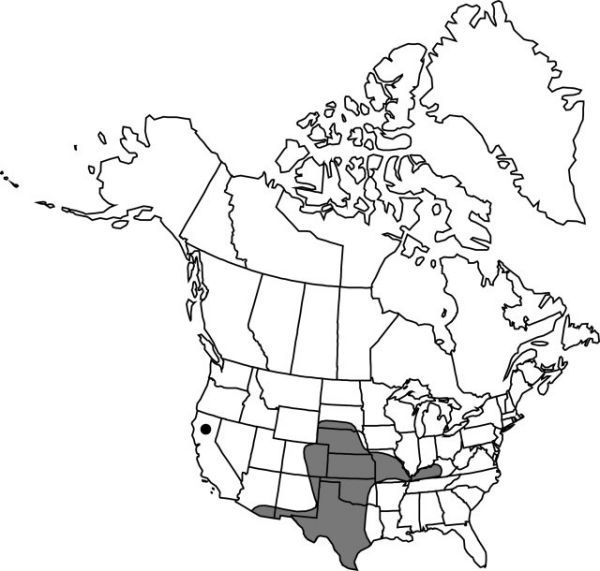Heteranthera rotundifolia
Cat. Pl. Cub., 252. 1866.
Plants annual. Vegetative stems submersed with elongate internodes, or if emersed at early age, then procumbent. Flowering stems 2–12 cm, distal internode 1–6 cm. Sessile leaves submersed, forming basal rosette; blade linear to oblanceolate, thickened, 2.4–5 cm × 2–4 mm. Petiolate leaves floating or emersed; stipule 1–5 cm; petiole 3–11 cm; blade round to oblong, 1–5 cm × 5–25 mm, length equaling (or, on young plants, greater than) width, base cordate to truncate, apex obtuse. Inflorescences 1-flowered; spathes 1–2.8 mm, glabrous. Flowers opening within 1 hour after dawn, wilting by midday; perianth blue or white, salverform, tube 11–29 mm, limbs essentially actinomorphic, lobes narrowly elliptic, 5.2–18.2 mm, proximal lobe longer, distal central lobe with lateral flanges toward base; stamens unequal, lateral stamens 2.8–8 mm, central stamen 3.9–8.5 mm; filaments linear, curved downward apically, glandular-pubescent; style glabrous. Seeds 8–15-winged, 0.5–1 × 0.3–0.6 mm. 2n = 14.
Phenology: Flowering Jun–Oct.
Habitat: Shallow water or exposed mud of ephemeral pools, roadside ditches, small ponds
Elevation: 0–2800 m
Distribution

Ariz., Calif., Colo., Kans., Ky., Mo., Nebr., N.Mex., Okla., S.Dak., Tex., West Indies, Central America, South America (except Chile, French Guiana, Guyana, Peru, Suriname), naturalized in Italy.
Discussion
Heteranthera rotundifolia is closely related to H. limosa and has been considered conspecific with it by many, including D. S. Correll and H. B. Correll (1972), who noted differences in stem development but did not recognize them taxonomically. Close study of reproduction and seedling development (C. N. Horn 1988) has revealed other differences, besides yet others in flower morphology (cf. the descriptions). Seedlings of H. rotundifolia have flexible petioles and commonly develop elongate stems, while those of H. limosa have rigid petioles, even in deep water, and rarely develop elongate stems.
Selected References
None.